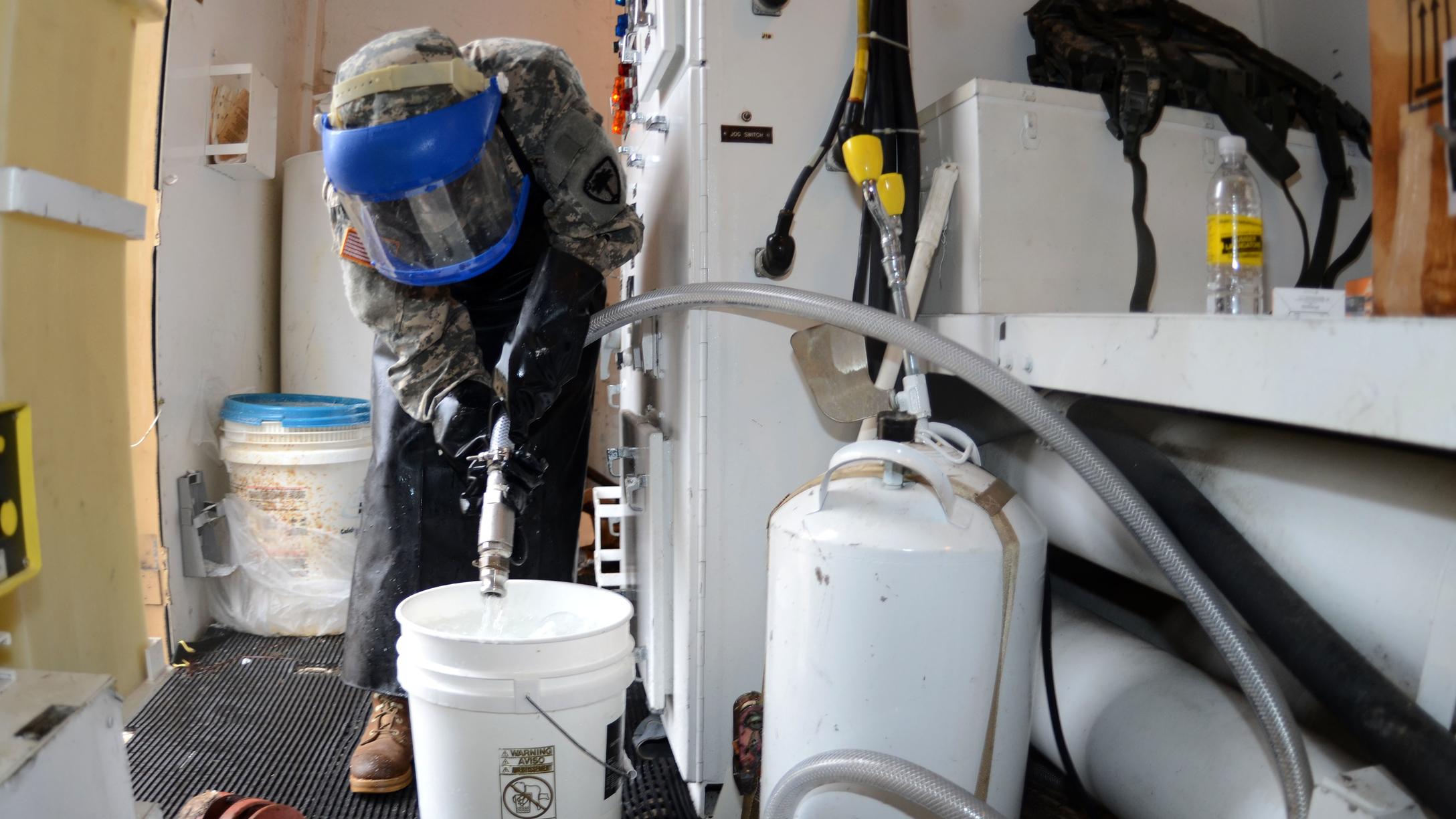I can smell it as soon as I walk into a building that has a pool. Usually it’s a hotel. Sometimes a sports complex will have a leisure or lap pool, or a hot tub in the locker room (if it’s more of a high-end facility). But it’s unmistakable, the chlorine used to keep the water clean and sanitary from the hundreds and thousands of bodies have passed through it. To me, it smells sharply sweet and tangy, if you can believe it. When I tuck in my young son, who is now a swimmer himself, I breathe the odor in deeply, and I am carried back to those endless hours spent at the pool, with my teammates, my chosen family. To me, chlorine smells like home.
As a competitive swimmer, I spent hours, days, weeks in the pool, on the pool deck, and around other swimmers: all carried the same scent, a smell that you could never quite wash off. Your skin was always tight and dry and flaking; everyone’s hair was the uniform shade and texture of dry straw; everyone’s swimsuits faded and disintegrated from the chemicals in the water. The pool ate through my skin, my hair, my suit, and there were also days when it felt like it was eating through my lungs: the gas by-product would hover at the surface of the water, making it hard to breathe. There were days when your eyes would burn just standing on deck. But I loved it anyway.
First discovered by the Swedish chemist Carl Wilhelm Scheele in 1774, Chlorine was identified conclusively as an element by Sir Humphry Davy in 1810; when “chlorinated lime” (calcium hypochlorite) was discovered to kill microorganisms, making it useful for purifying drinking water, permanent chlorine water treatment plants began appearing across Europe. In 1905, ten parts per million were used in Lincoln, England, to quell a typhoid epidemic; Sir Alexander Cruikshank Houston noted that “the scent given off from the water somewhat resembled that of nuts in an earthenware vessel which had been brought up from storage in a damp cellar.” The first permanent American chlorine water treatment plant was at the Boonton Reservoir, which provided the drinking water for Jersey City, New Jersey.
But if chlorine has saved millions of lives, it can also kill. Chlorine gas was used as a weapon during World War I, for example, and a terrible one. “They couldn’t possibly see what they were shooting at,” as a German soldier recalled, “In about 15 minutes the gun fire started to quit. After a half hour, only occasional shots. Then everything was quiet again. In a while it had cleared and we walked past the empty gas bottles. What we saw was total death. Nothing was alive.” The clouds of chlorine gas drifting over No-Man’s Land were said to have sent soldiers running, the sight and smell of the impending attack sending them into a panic.
While it was deadly in theory, chlorine wasn’t as effective in practice as initially hoped; all the soldiers needed to do was to stand in one place and cover their mouths with a damp cloth. So we created many more deadly gases, like mustard gas. But because chlorine is accessible and cheap, chlorine gas bombs have made a comeback; for repressive governments looking to keep parts of their population in line, it is useful that the gas dissipates quickly, limiting collateral damage. There is no need to worry about a cloud of chlorine traveling over far distances to kill more than the people it was dropped on.
I can instantly tell if tap water has been aggressively treated. Aging pipe infrastructure aside, poisoning us with lead slowly instead of rapidly killing us off with water-borne pathogens, this common chemical being used to treat water in order to kill a wide variety of bacteria and such is an overlooked modern innovation. It doesn’t matter if we can get water to people if ultimately they can’t drink it.
It’s a matter of amounts: a little to drink, a bit more to swim, a lot to kill.
When civilization collapses, it will do to have a large supply of chlorine bleach on hand—dispensed commercially in 6-8.5 percent solution of sodium hypochlorite (NaOCl) in water—as well as a measuring dropper. The proper bleach-to-water ratio to ensure the water is safe to drink is two drops for a liter, 6-8 drops for a gallon. The important thing is to let the water sit and see if it smells faintly of chlorine. If it does, it’s safe to drink. If you have a washing machine, you probably also have a bottle of Clorox, with its blue label and diamond-shaped logo, peeking out from behind the detergent and fabric softener. You might have forgotten that, in an emergency, you could use this bottle filled with a solution of sodium hypochlorite to stave dehydration for your family.
Maybe it was the smell. Maybe because it burned. Maybe because chlorine is ubiquitous in our drinking water, our laundry rooms, our pools, our lives. It is one of the oldest known elements, and an essential part of life-saving process we take for granted. But we forgot for a while about how effective chlorine bleach is to disinfect. Instead we turned to antibacterial cleaners, and now we have a host of superbugs, resistant to many of our efforts to keep ourselves healthy.
But there’s no adapting to the chlorine, no chlorine-resistant strain waiting in the wings to wipe us out. And when society inevitably collapses (or at least the next time a major natural disaster strikes and limits our access to clean water), I can go to my basement and make water we can drink. There is some comfort in that. I can live with the smell.
***
Ingredients is a regular Popula column, in which we explore the things that go into other things in order to become the things that they are.






